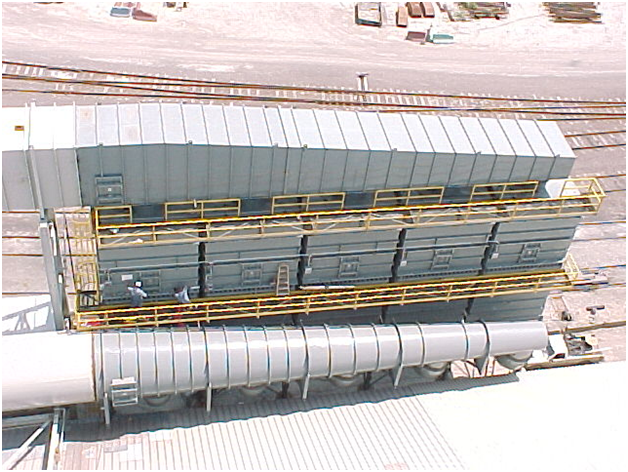There are numerous ways to heat, cool or ventilate homes, offices and other spaces, but a popular energy-efficient method is to combine these requirements into an HVAC system that distributes air around a building through ducts and vents.
Vents supply air that has been filtered, purified, cooled or warmed or has controlled moisture levels. Other vents return air back to the main HVAC units or expel stale or exhaust air from the building completely. Ducting is essential in areas that generate fumes, smoke or moisture, which is why modern kitchens and bathrooms now have extractors.
Ductwork can be made from a wide variety of rigid or flexible materials and may have rectangular, round or oval cross-sections. Sheet metal fabrication is the most popular, but ducts can be created simply by covering voids between joists and studs. However constructed, ducts usually branch from larger plenums connected directly to the central HVAC unit.
The central unit may combine heating, cooling, filtering and sometimes moisture conditioning units with the blower that drives the air around the system.
Ducting Sizes
Round ducting exists in all sizes, from about 5cm to over a metre in diameter, and rectangular ducting comes in a similar range of widths.
Calculating the ideal duct sizes to deliver the right amount of airflow to different areas is complicated, but there are free calculators and tables online to help. Valves and other devices help you to precisely control these airflows. See a range of ductwork supplies at https://www.dustspares.co.uk/.
Ducting Materials
Size is not the only consideration. Metal ducts are easily cut and fabricated for tight bends but can transmit sound and conduct away heat. Flexible reinforced plastic ducting is insulated for better temperature control and noise suppression but is not so suitable in tight turns. A third option is to construct from fibreglass panels. This material is easy to cut and still has advantages in terms of heat and sound insulation.
Existing metal ductwork can also be insulated to further improve the energy-efficiency of particular spaces whilst also reducing the danger of condensation encouraging mould or mildew. Spray foams are one method of treatment.
Frequently, different materials are combined in different parts of a system. For example, plastic Flex is ideal for final runs to the vent outlets, with metal used in larger main ducts.


